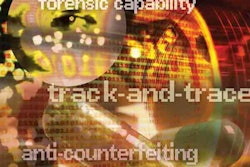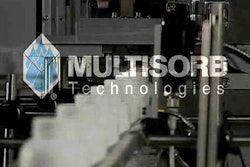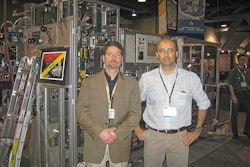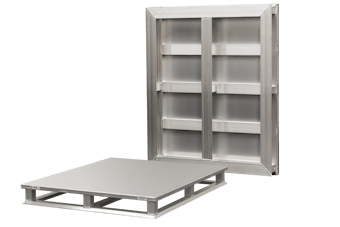Brian Brown, senior manager for logistics and analytics, says Cephalon became involved in RFID because it recognized the value of learning the technology and finding good partners. “We positioned ourselves so that if ever RFID were mandated, say by a large retail chain or by the Food and Drug Administration, we wouldn’t be scrambling to find good partners. We’ve had steady progression of growth in our RFID pilot.”
Phase 1 used RFID at the case and pallet level to capture the movements of a placebo product and prototype packaging from a 3PL (third-party logistics) distribution center and was completed in December 2005.
Phase 2 consisted of shipping tagged product to an RFID-enabled wholesaler. That phase was completed in July 2006.
Cephalon is currently implementing Phase 3 of the pilot program, which tests RFID tagged cases and pallets in a manufacturing environment. In December it began plans for Phase 3.
Fentora tablets are blister-packed in a foil-to-foil lamination—an especially challenging format for RFID reads—that are packed six per paperboard carton and 24 cartons per case.
Testing was conducted at ADT Security Service’s (www.adt.com) RFID active warehouse test facility in
Phase 1 and Phase 2 comparisons found a dramatic jump in readability in going from Gen 1 to Gen 2 RFID: Case-level read rates went from 10% to 93% when pallet loads of cases were transported by forklift truck through fixed portals at speeds of seven miles per hour.
“The tremendous improvement in read rates is nothing short of phenomenal,” says Randy Bradway, vice president of commercial operations for Cephalon. “The benefits associated with implementing Gen Two technologies are evident.”
The Gen 2 portion of the pilot relies on 73-mm x 34-mm Alien Technology (www.alientechnology.com) UHF Castle inlays based on Impinj (www.impinj.com) Manza™ semiconductor chip technology.
Cases are tagged with a 3”x10” RFID label that wraps around the case corner.The tag’s electronics are positioned on the tag so they are not at the (folded) corner position to prevent damage. After stretch wrapping, each pallet load is affixed with a 3”x3” RFID label.
Phase 3 will start with “tag and ship” manual RFID tag application to cased product. “That will give us a feel for the process,” says Brown. “The second step will be to automate the process.”






















